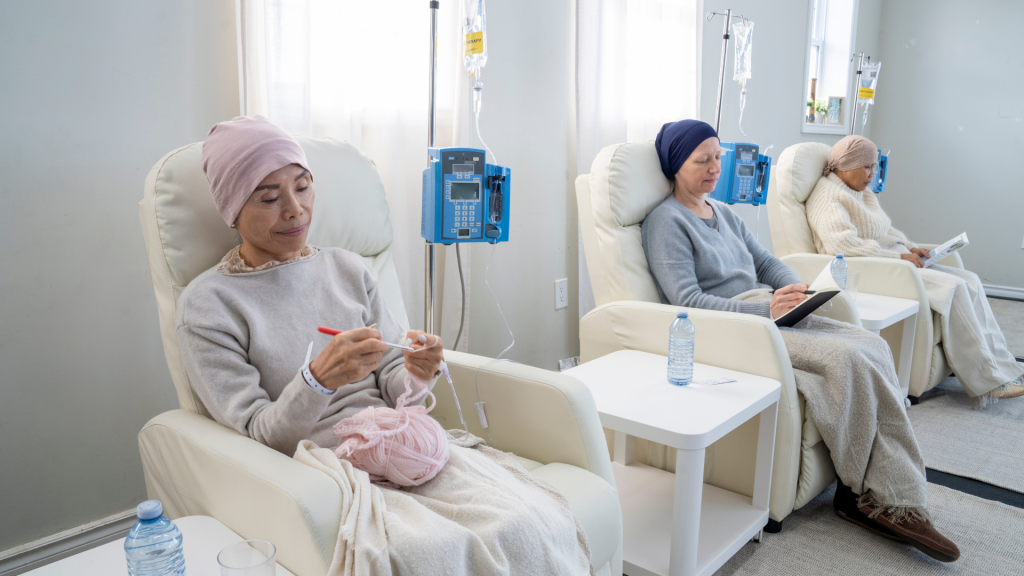Who Should Take HPV Vaccine For Cervical Cancer Prevention? What You Need To Know
Recently, the union government made a significant announcement regarding the provision of free HPV vaccinations for all young girls aged between 9 and 14 years. The HPV vaccine serves as a preventive measure against the development of warts caused by the Human papillomavirus, which can manifest in the genital area and other regions of the skin, depending on the severity of the infection. It’s crucial to recognise that HPV stands as the primary cause of cervical cancer in women.
Who Should Take HPV Vaccine For Cervical Cancer Prevention? What You Need To Know Read More »









